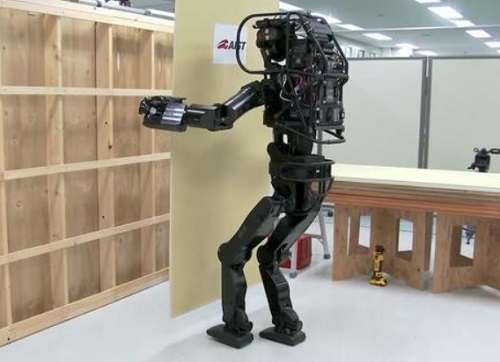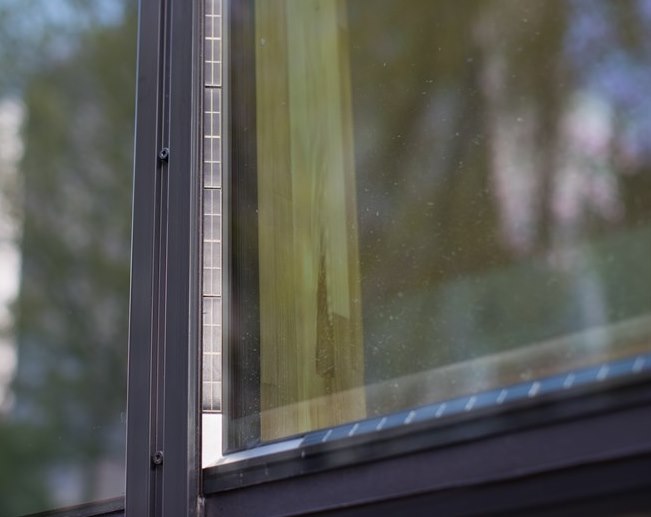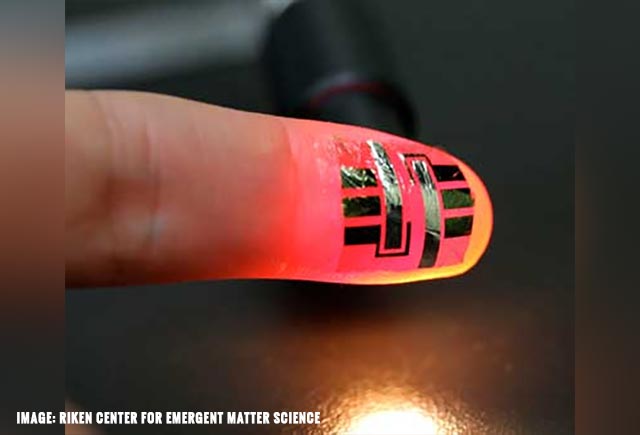The world’s most advanced sweet pepper harvesting robot has been developed
12/14/2018 / By Edsel Cook

In the near future, the sweet pepper that ends up in your dish could have been picked by a robot. The first step towards that future has been taken by European and Israeli researchers, who debuted what they call the greatest robot harvester in the world.
Called SWEEPER, the yellow-and-black farm robot is the product of a multi-national research project headed by the Ben-Gurion University of the Negev (BGU). It was introduced at the venerable Research Station for Vegetable Production in Belgium.
The BGU-led effort designed the new robot picker to work on its own in a single stem row cropping environment. In that system, each individual sweet pepper plant is kept separate from the others.
This arrangement prevents fruits from clustering together and all but eliminate leaf occlusion, wherein leaves touch each other. It makes it easier for the SWEEPER robot to scan and identify the ripe sweet peppers that it must harvest. (Related: Robots now automating the harvesting of cucumbers in Germany.)
The world’s most capable sweet pepper picker robot
The BGU researchers have already put SWEEPER through its preliminary paces. For the initial trial, they used a commonly available sweet pepper crop that has been altered to fit the requirements.
They reported that their new robot harvester could find, identify, and harvest a ripe sweet pepper from a plant within 24 seconds. It succeeded in collecting an undamaged fruit 62 percent of the time.
The Israeli researchers were responsible for sharpening SWEEPER’s computer vision, its primary means of finding produce and determining its ripeness. They also helped specify the physical hardware and software interfaces of the machine.
The BGU researchers paid particular attention to the robot’s supervisory control activities. These systems allowed a human to oversee what the robot was doing, as well as to override any mistake made by the machine.
SWEEPER team member Polina Kurtser asserted that robot harvesters will bring huge chances to the economy in general and the agriculture industry in particular. Once perfected, a robot harvester would work faster and more efficiently, which cuts down on food waste, improves supply, and raises the profits of farmers.
“The Sweeper picks methodically and accurately,” Kurtser remarked in an interview. “When it is fully developed, it will enable harvesting 24/7, drastically reduce spoilage, cut labor costs and shield farmers from market fluctuations.”
Yet another job to be taken away by robots one day
Despite the excellent results of the trial, the BGU researchers felt that the SWEEPER could still be tweaked to work even faster. They are planning to refine the robot harvester so that it can consistently achieve a high success rate.
They predict that it will take them around four or five years before they roll out a commercial version of their prototype. While they are taking their time, they will also look for ways to get SWEEPER to recognize and pick other fruits and vegetables.
Autonomous robot harvesters like SWEEPER could fairly easily take over the market for bell peppers, chili peppers, and sweet peppers by storm. More than 50 percent of the world’s supply of those three types of peppers come from Europe, which earned them $2.7 billion back in 2017.
Another 31 percent of all peppers is produced in North America. The fruits are very popular and tasty ingredients used in all kinds of dishes.
Despite this profit, Europe’s farmers are finding it more difficult to turn a profit with every year that goes by. They have resorted to robot pickers like SWEEPER to make up for labor shortages and reduce costs.
Find out what other human jobs are going to be taken over by machines at Robot.news.
Sources include:
Tagged Under: agriculture, autonomous robots, farm robot, future tech, harvest, robot economy, robot farmers, robot harvesters, robot jobs, robot takeover, robotics, robots, SWEEPER, sweet pepper



















